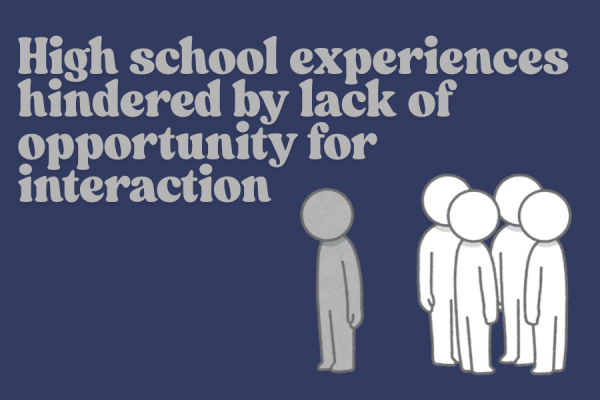Editorial: Schools need to be religiously neutral
Openly faithful. Senior Danielle Bardelang shows off her faith based tattoo and bracelets. Although she will not force her faith on anyone, she is open about her faith.
One thing in Pennsylvania has been blindingly clear since its 1682 conception: religious liberty and tolerance must be protected at all costs. William Penn founded the colony of Pennsylvania in hopes of having a place where government and religion could be separate. It’s important this belief is kept and honored.
Penn hoped to set up a holy experiment where people with religious as well as non-religious beliefs could come together. He wanted them to not only coexist but also thrive. Pennsylvania advocated for religious freedom a century before the First Amendment was adopted by the rest of the country.
Religious freedom does not only mean people can practice their own religion, but also others cannot push their religion onto others. Religious liberty cannot exist in schools if children are being surrounded by pro or anti-religious lectures, especially if the ones lecturing are state employees students are meant to respect. Public schools must be a welcoming place for all students, regardless of what, if any, religion they practice. This can only happen if public schools are completely secular.
In 1971, the Supreme Court ruled that governments could not fund schools affiliated with a religion in the case of Lemon versus Kurtzman. This case set up a three pronged test known as the Lemon test. This test helps prevent the establishment clause from being violated. According to Oyez, it is stated that:
- The central goal of the legislature can not promote nor inhibit religion
- The statue must have a secular legislative purpose
- The government may not foster an “excessive entanglement” between government and religion
The Lemon test helps reinforce how important it is that schools are not funded based on their religious affiliations. The government should not be funding schools based on their religion as it could be seen as favoring one religion or another. It’s best the funding stays neutral and treats all religious schools the same so no religion is given more opportunities. It would be unjust and corrupt to choose one belief over the other when the country is meant to see all religions as equal.
According to bestplaces, around 52 percent of the Altoona population practices some type of religion with almost half being Catholic. With about half of the population being religious, it’s understandable religion has been a part of some conversations during the school day; however, these conversations need to remain neutral if faculty members are involved. Any faculty member of a school is considered a state employee meaning they need to show religious neutrality. Students are still young and impressionable. Students look up to their teachers, and any biased input on religion could easily sway children’s opinions in some cases. Religion should be a conclusion people make for themselves, not for others. Neutrality is also necessary when 48 percent of the Altoona population does not partake in religious practices. These people would then have to listen to others voice their opinions on a religion they, frankly, aren’t concerned with.
Some have voiced how they are displeased with the idea of getting religion entirely wiped from schools, but they fail to see the statement is not what many are implying. People are not fighting for the complete swipe of religious discussion. In some cases, talking about religion can be informative and enlightening about other people’s experiences. The issue comes when there is bias in these discussions. Instead of having religion being a banned topic, most people just want to see it as a neutral conversation.
There has been a slight shift in how some people see the church and state. One institution that has made contrasting decisions from the past was the Supreme Court term of October 2021-2022. In Carson versus Makin and Kennedy versus Bremerton School District, the Supreme Court ruled in favor of religion in public schools. These conclusions could be seen as unjust as both of these decisions go against the previously stated precedent of not allowing the government to get involved in religious affiliations with schooling. According to the Pew Research Center, only 19 percent of polled adults believed that the government should stop enforcing the separation of church and state. This low opposition for the separation of church and state shows how unpopular the idea is. Basic reasoning would lead others to believe the same based on the fact that a vast majority of people do not find it morally correct to conjoin the two.
According to The Washington Post, some members of the Republican party want to see the Bible taught in public schools. This isn’t an inherent issue in itself if the Bible is only being taught as an elective to students who choose to take the class, but the idea could go downhill fast. Bias is prohibited when educators are talking about religion; however, it’s important people realize bias can slip through. Faculty members can try to keep their bias to themselves, but it would be safer to keep the Sunday stories for the church.
In order to uphold the meaning of freedom of religious exercise, the government cannot mix with religion. This stands true for all forms of government⸺including schools.







